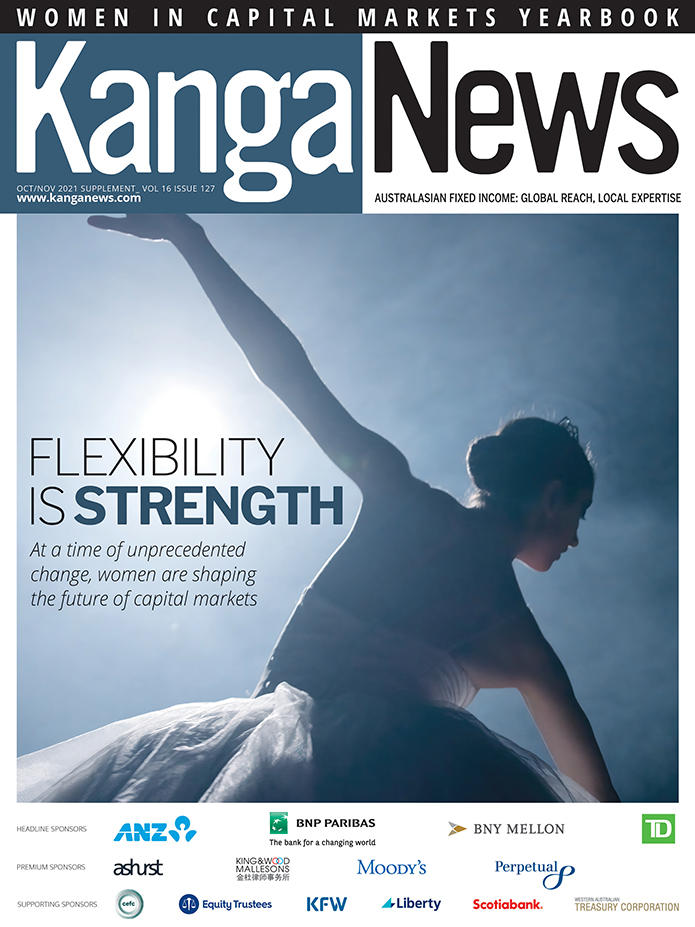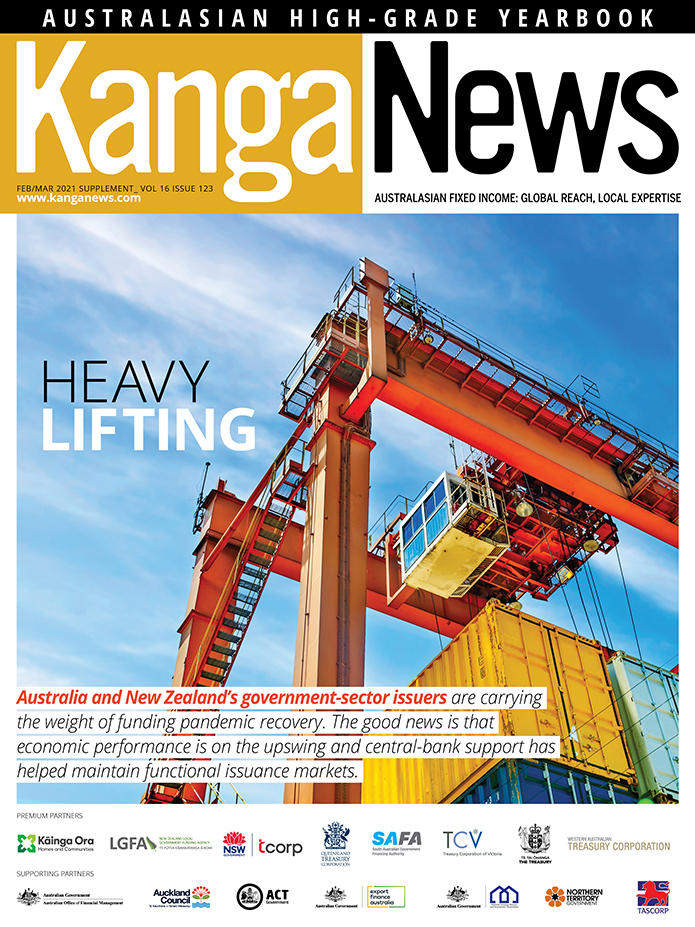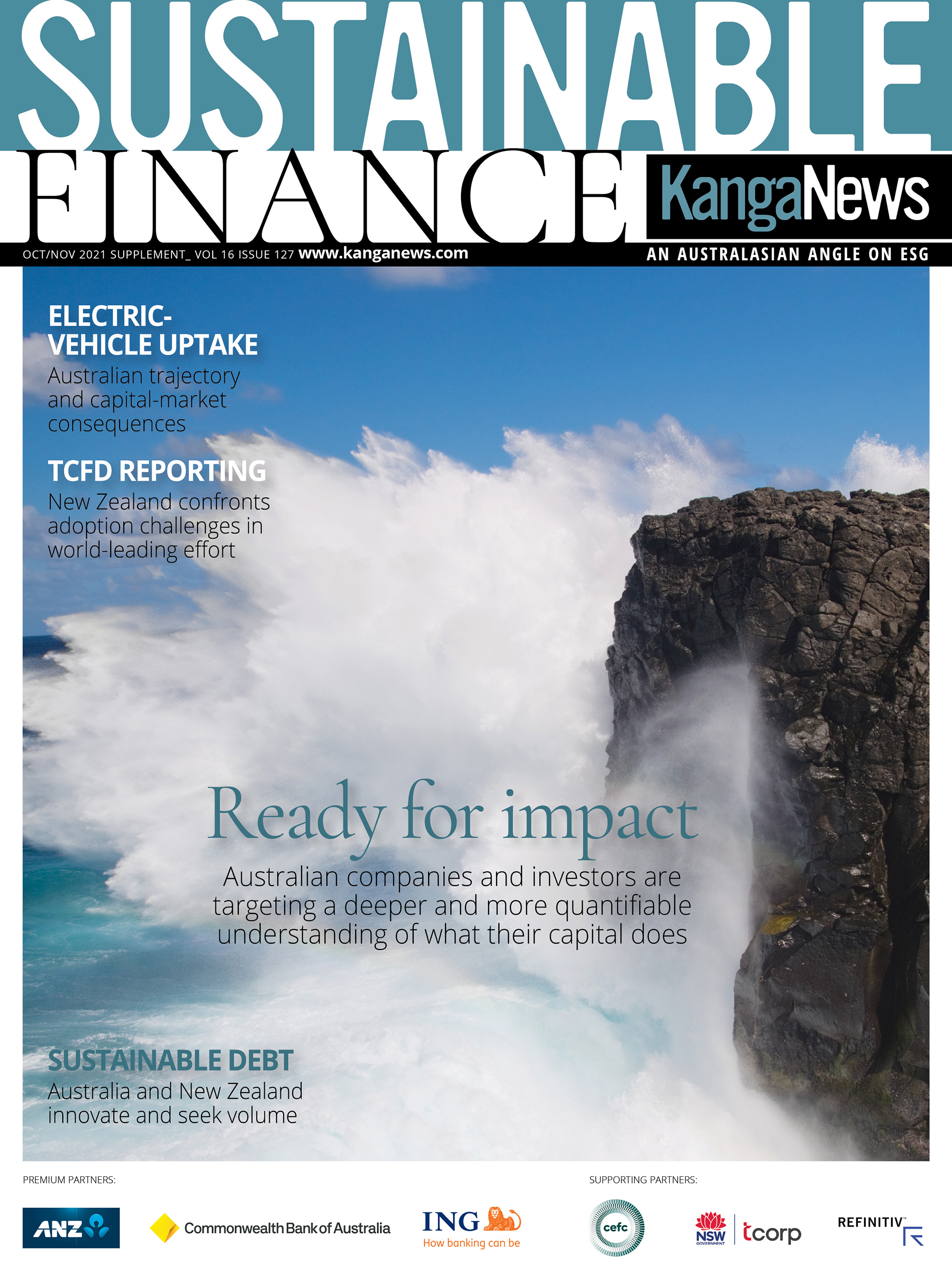Budget deficits and credibility deficits
Australian governments of both political stripes have been projecting a return to budget surplus at the back end of forecast periods for what seems like a lifetime. The 2017/18 budget at least delivered a narrowed deficit, but analysts see virtually no prospect of sustained, substantial surplus.
The new budget forecast a Commonwealth deficit of A$29.4 billion (US$23.4 billion) for the year ahead. This is a notable improvement on the previous expectation of a A$37.6 billion deficit in 2017/18 and enough to help the Australian Office of Financial Management reduce its year-on-year funding plan by A$20 billion.
Looking further into the future, a Commonwealth Bank of Australia (CommBank) research note published after the budget describes the government’s projections for 2020/21 as having “precariously pencilled in” a surplus. The analysts add: “Australia has consistently forecast a peak in net debt, but failed to deliver.”
Australia’s fractured and fractious political landscape has scuppered even the half-hearted fiscal consolidation proposals put forward by the current government under previous leadership. Analysts have little confidence, given this environment, that expenditure can be reined in sufficiently to change the current trajectory.
“I just don’t see the Australian budget getting back to a surplus of any note,” says Martin Whetton, senior interestrate strategist at ANZ. “It might just achieve a small one, but the combination of spending on defence, health and the ageing population, the National Broadband Network and the National Disability Insurance Scheme, together with lower tax rates and wages, will be a headwind for more than a decade to come.”
Philip Brown, senior fixed-income strategist at CommBank, adds: “I wasn’t expecting the government to meet its forecasts in the past year, but it did. Even so, I very much do not expect it to continue to do so over the next three years – there are just too many political issues involved.”
Specifically, Brown argues that even if Treasury projections of a rebound in wages growth – which many observers already regard as optimistic – come to pass, the government will struggle to capture the upswing in its own revenue.
“The targets depend on a level of wage growth that would bring tax bracket creep into play. But I just don’t think the government can let the first material wage rises in a long time result in a significant personal-tax increase without responding and leaning against that – especially as they are also trying to cut corporate tax.”
As a result, Brown concludes: “What this means is that I am very doubtful of sustained surplus. However, a smaller deficit on an ongoing basis looks achievable – by which I mean something in the region of A$10 billion annually. So I’m thinking about issuance strategy in an environment where there is an annual sovereign funding requirement of around A$50 billion, including roughly A$40 billion of refinancing.”

WOMEN IN CAPITAL MARKETS Yearbook 2021
KangaNews's annual yearbook amplifying female voices in the Australian capital market.

HIGH-GRADE ISSUERS YEARBOOK 2021
The ultimate guide to Australian and New Zealand government-sector borrowers.

KANGANEWS SUSTAINABLE FINANCE H2 2021
KangaNews is proud to share cutting-edge information from the global and Australasian sustainable debt market.











